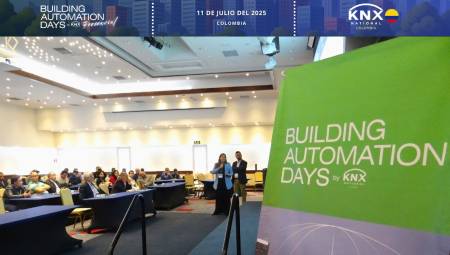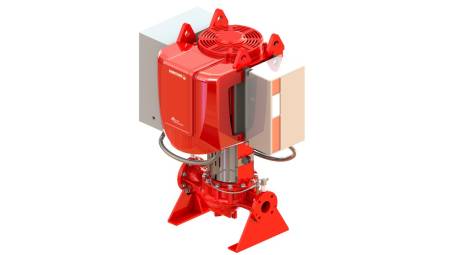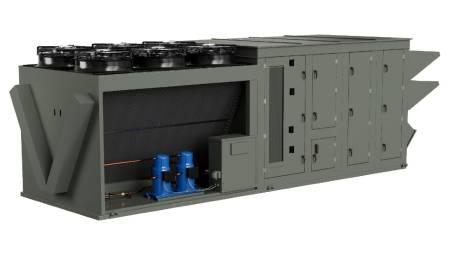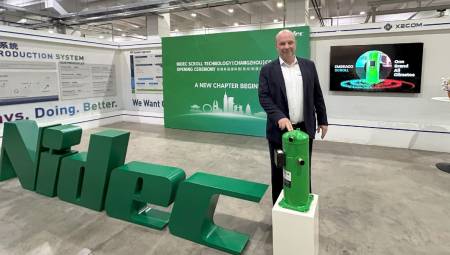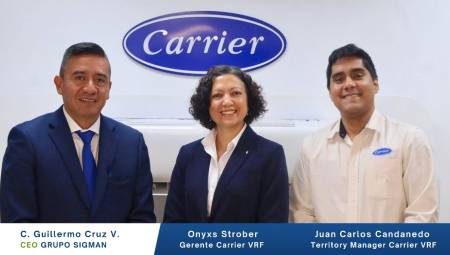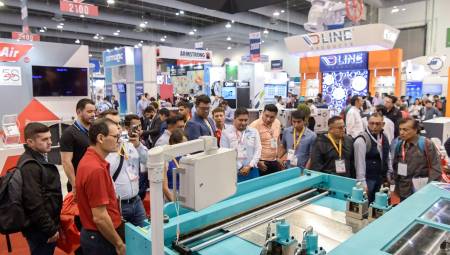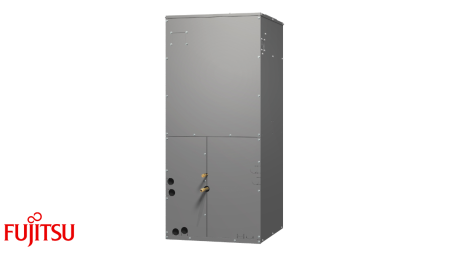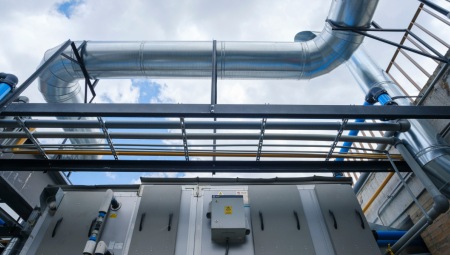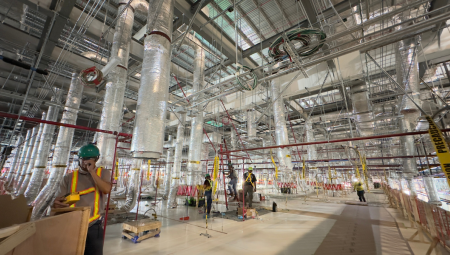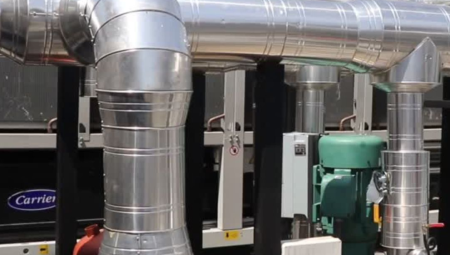 Have you ever thought about taking an American Technical Excellence (NATE) exam or getting your technicians certified? Do you have questions about testing or NATE re-certification? This article will serve as a reference guide because it will answer all your questions about NATE in a simple way.
Have you ever thought about taking an American Technical Excellence (NATE) exam or getting your technicians certified? Do you have questions about testing or NATE re-certification? This article will serve as a reference guide because it will answer all your questions about NATE in a simple way.
The Technical Excellence Exam (NATE) is the only CVAC/R certification test that is recognized and supported by all segments of the industry in question. Many manufacturers have made this technician test a requirement of their preferred vendor and authorized distributor programs. The demand for certification continues to grow.
How to get NATE certification
The path that must be taken to obtain certification consists of 22 tests in areas of knowledge and technical skill, divided into exams for installation technicians, service and above.
NATE consists of a basic and a special test of your choice, either in installation or service areas. This is not a requirement to be certified in the subject of geothermal Heat Pumps.
The basic test assesses candidates' general knowledge in the area of construction and verifies CVAC/R-specific knowledge in the areas of safety, tools, interpersonal relationship skills, heat transfer, wellness, and electrical systems. Special exams, on the other hand, evaluate candidates on the installation, maintenance and service or repair of CVAC/R systems.
Once the technician obtains the score, he does not have to repeat it while his certification remains valid. Technicians can add as many specialties as they wish.
Everyone interested in obtaining the NATE certification can submit the tests, as long as they have made the relevant contacts and paperwork with the evaluating organization that directs it and pay the exam fees (NATE sells the tests in large packages wholesale; check with your local evaluation organization to find out the fees).
NATE tests assess a candidate's applied knowledge in their field. Both knowledge and experience are necessary to pass the rigorous NATE exams. There are no formal education requirements for certification, but the organization is emphatic in recommending that those evaluated have some formal training provided by an employer, technical school, or other educational institution.
Below is the suggested work experience a technician should have before taking the exams. It is also recommended that they have some experience in working with teams in the specialty in which they plan to become certified.
- One year of experience for installation technician testing
- Two years of experience for testing service technicians
- Five years of experience for testing top-level technicians
CVAC Training Resources
To collect information on training and exams, first review the NATE Technical Specialization Knowledge Areas (KATE) found on the www.natex.org website.
Each KATE has a detailed list of references and they are organized in a way that makes it easy for you to compare them with the index on the back of any CVAC or CVAC/R test or reference book to locate the information you need to study. If the topic is not referenced in this index it will not be applied to the test.
NATE does not offer training, but its allies do. Many of NATE's partners have developed materials and courses of study to help technicians study for certification testing. Contact your local distributors, manufacturers, associations, utilities, and educational establishments directly to inquire about the study materials and courses they teach.
Once the certification is obtained, it will be valid for five years. To complete the requirements of recertification, the technician must take either 60 hours of continuing education (CEH) in their specialty or retake the exam of their specialty, before the certification expires.
To meet the requirements for re-certification, you must complete 60 hours of continuing education (CEH) in your specialty or retake the exam of your specialty, before the certification expires. If you choose to recertify through continuing education hours, you must document them and submit an application for this.
Why NATE certification?
The NATE certification is convenient from the commercial point of view because it has to do with professionalism, pride, knowledge, competence and customer trust, because the technicians certified by NATE are experts in CVAC residence and commercial and light refrigeration.
Technicians who take the CVAC exam can demonstrate that they have the knowledge to be the best. Those who approve can carry the distinctive NATE license plate and stick the NATE sticker on their truck. The NATE symbol is recognized by the industry and by more and more consumers as the mark of technical excellence.
Who supports NATE certification?
Contractors support NATE certification, because certified technicians stay longer in the industry, have the knowledge to do the job right the first time, and are more productive than non-certified technicians.
Manufacturers and distributors support NATE certification, because it encourages the correct installation and good service of equipment by knowledgeable technicians, which translates into fewer claims calls, lower outlays of guarantees and in conclusion, better net results.
Educators and instructors support NATE certification, because they benefit from a uniform standard of knowledge that allows them to better prepare tomorrow's technical workforce.
Utilities support NATE certification, because properly trained and evaluated technicians can ensure the correct installation and repair of sophisticated CVAC/R equipment that saves energy and money when operating at peak efficiency.
Consumers support NATE certification, because independent certifications ensure that an experienced, knowledgeable, and well-trained technician will service your home's heating or cooling system. Of the consumers who are asked, 87% prefer a certified technician to work on their home conditioning system. That shows that certification matters.
Who developed these exams?
The NATE Technical Committee oversees the Technical Specialization Knowledge Areas (KATE) and all test development. KATE is the statistically demonstrated analysis of work tasks from which all questions are developed.
All exams are developed by subject matter experts from across the CVAC/R industry, representing a wide variety of perspectives, and includes contractors, technicians, distributors, educators, manufacturers, and utilities.
To learn more about NATE, visit the ww.natex.org website.
NATE and the GOODS principle
Governed by Industry to ensure that all parties have a voice in the operation and structure of programs that make better technicians.
Obtained by industry, so that no party can take financial advantage of the real programs.
Operated by the Industry, so there is an open and inclusive consensus on the programs.
Developed by the Industry to improve and elevate the skills of the technician.
Supported by the Industry to maintain the financial stability of the programs for technicians.
The GOODS principle has multiple advantages, including a better trained workforce, with deep and professional knowledge in CVAC/R and better service and reliability for customers.
The NATE tests
| Installation | Service |
| Basic | Basic |
| Air conditioning | Air conditioning |
| Air distribution | Air distribution |
| Gas heating | Gas heating |
| Heat pump | Heat pump |
| Oil heating | Oil heating |
| Gas in hydronics | Gas in hydronics |
| Hydronic oil | Hydronic oil |
| Light cooling | Light cooling |
| Commercial refrigeration | Commercial refrigeration |
| Geothermal heat pump |
NATE also has a Senior Efficiency Analyst Exam, for which it must be NATE certified and at least two specialties.
Please note
Once a technician has passed one of the two tests necessary for certification he or she has 2 years from that date to pass the other exam.
Anyone who passes the heat pump exam also receives credit toward air conditioning certification.
Technicians who pass a service exam also receive installation certification.
Find an evaluation session near you at www.natex.org.


